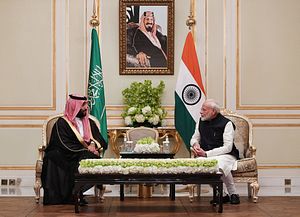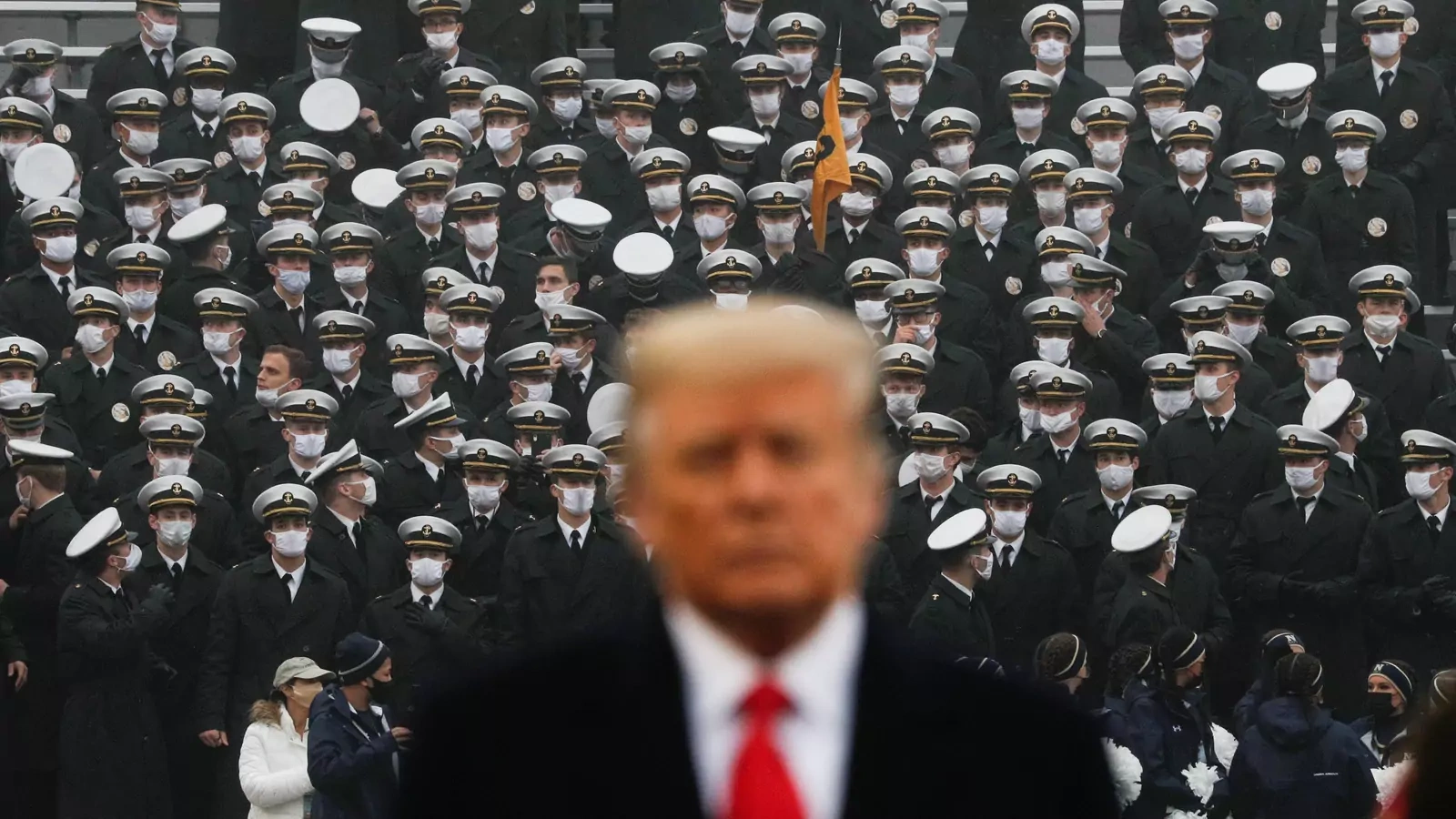by David P. Fidler
It only took one decade. Ten years ago this month, democratic movements, facilitated by social media, began to surge across the Arab world. These movements challenged authoritarian rule, buoyed democratic nations, and appeared to forge a bond between democracy and cyberspace that promised to shape the world’s political fortunes for years to come. On January 6, 2021, a mob—incited by the president of the United States and addicted to lies and conspiracy theories spread through social media—attempted to prevent the peaceful transfer of power in the world’s oldest democracy from taking place.
This obscene moment in American history is forcing a reckoning in our country about many things, including how the democratic project at home and abroad copes with the antidemocratic weaponization of digital technologies. January 6th is a day that will live in cyber infamy. On this day, an American social media company, Twitter, bans the president of the United States from using its platform to continue to incite his beloved and very special red guards from further desecrating the Capitol and violently intervening against the democratic process. The nation watches this rabble pervasively use mobile devices to record and share online their insurrection. Then—even after the lawlessness, violence, and bloodshed—the world watches over 100 lawmakers oppose certification of Electoral College votes and the legitimacy of the 2020 election by repeating falsehoods about the election that the president, his apparatchiks, and his cultists have spread online. Cyberspace, it appears, is the place American exceptionalism went to die.
This American tragedy stands as the grim nadir of a decade that has seen democracy’s relationship with cyberspace disintegrate. The Arab Spring seemed to signal that cyberspace was a new, powerful engine for the spread of democracy and freedom in the world. In that moment, the political, technological, and ideological leadership of the United States promised great things as cyberspace and digital technologies bolstered efforts of other peoples to secure freedom, self-government, and justice under the rule of law. Since those heady days, the decline of internet freedom and the rise of digital authoritarianism have clouded the fortunes of democracy in relation to cyberspace. Despite these adverse trends, the belief still prevailed that, as in the past, the United States would persevere as a stalwart, if imperfect, leader of the cause of freedom and democracy.


















